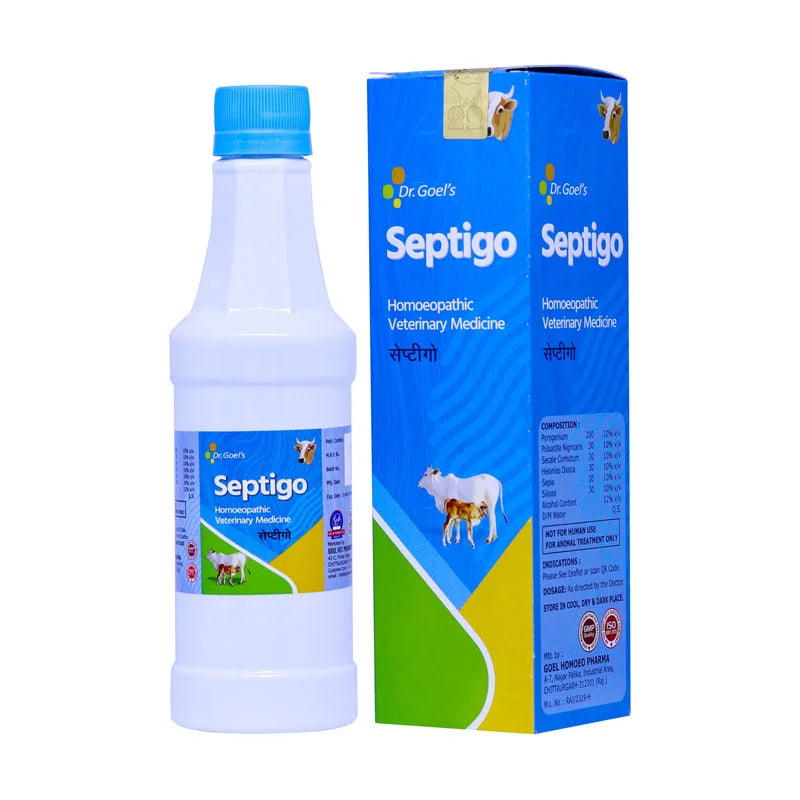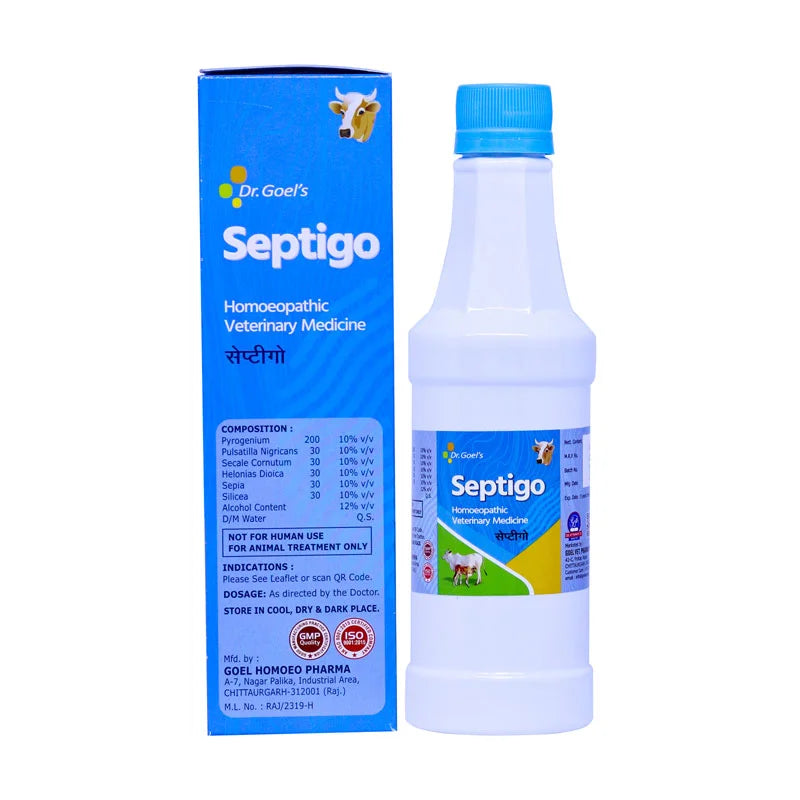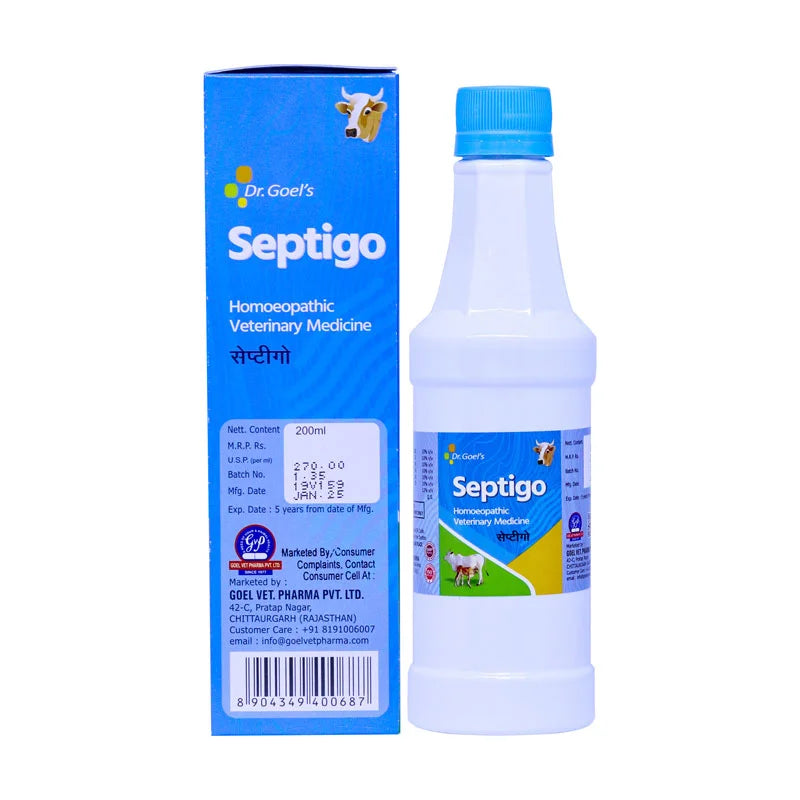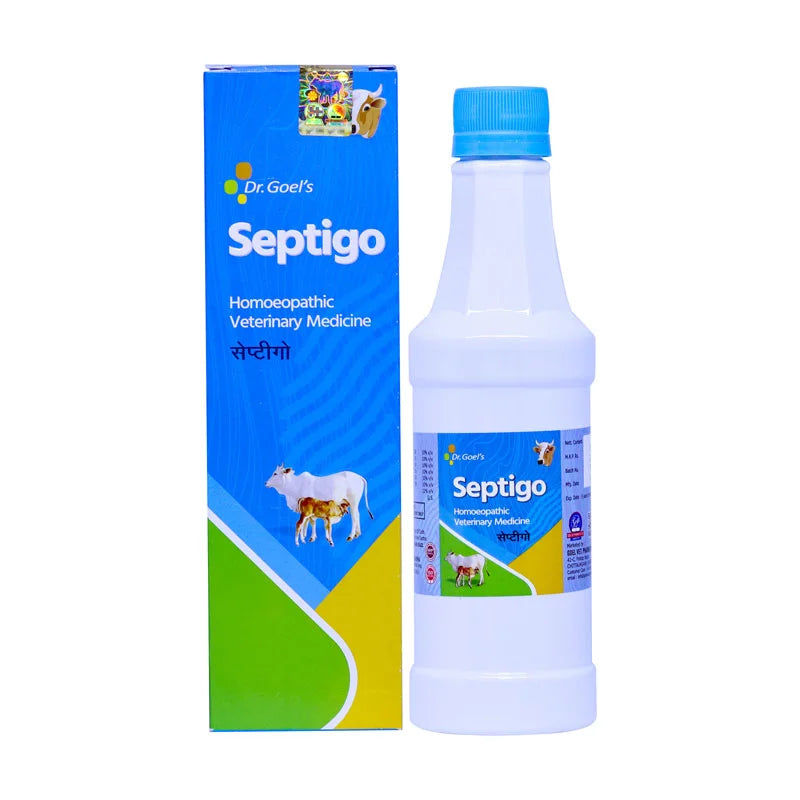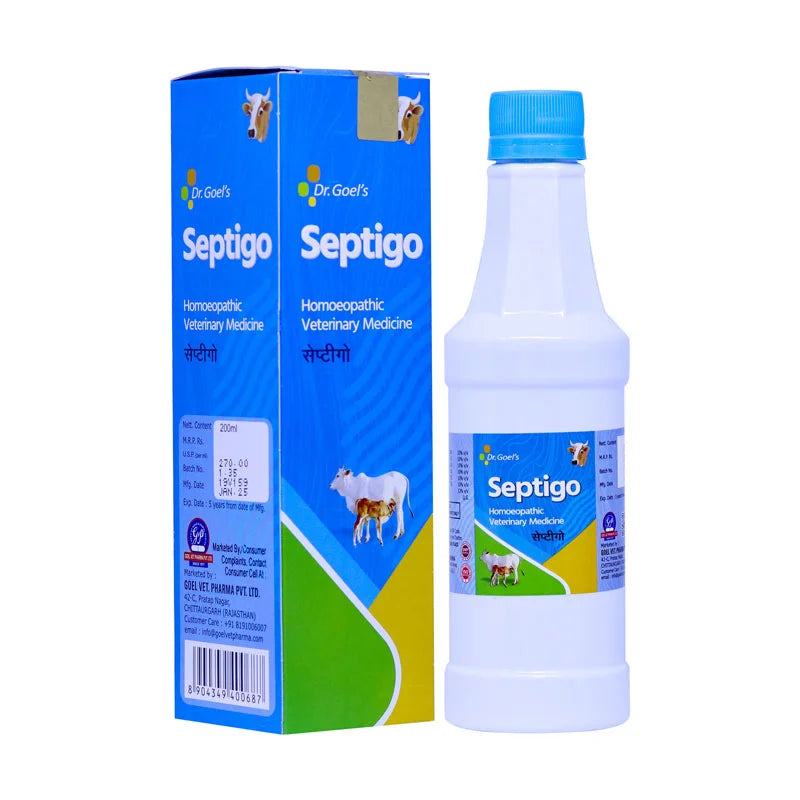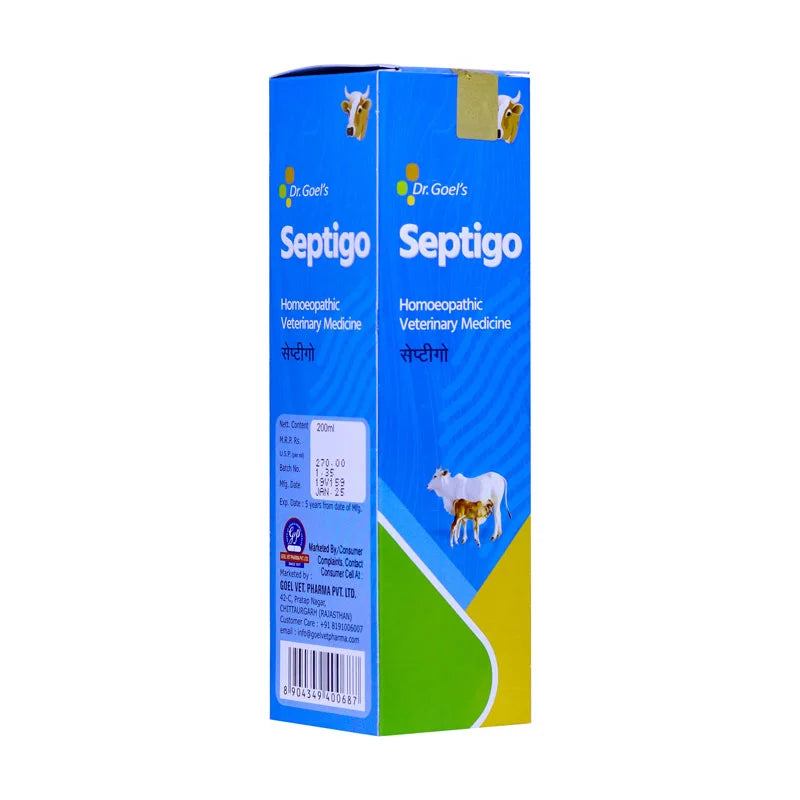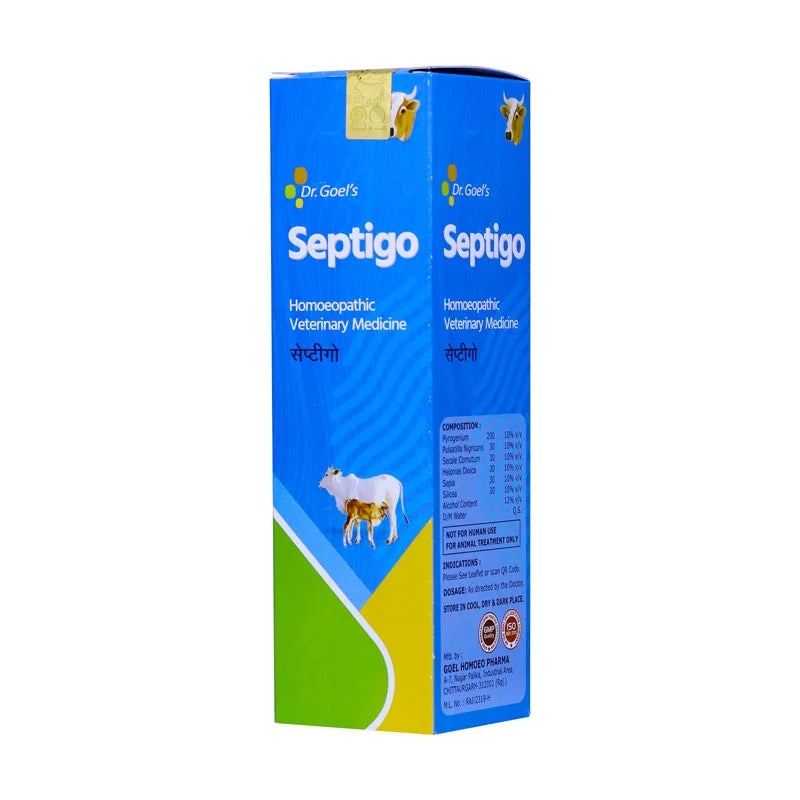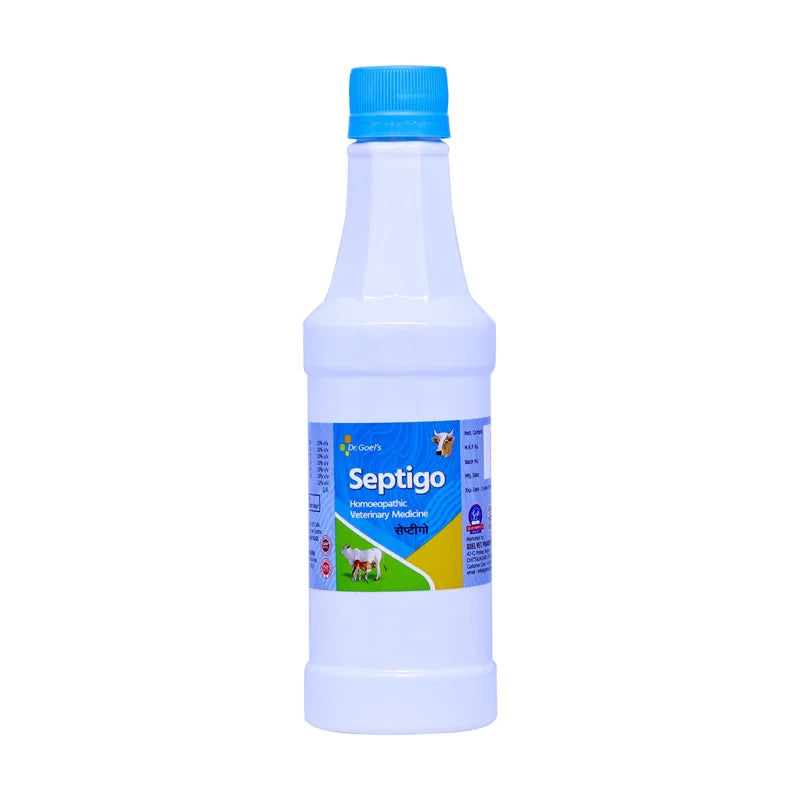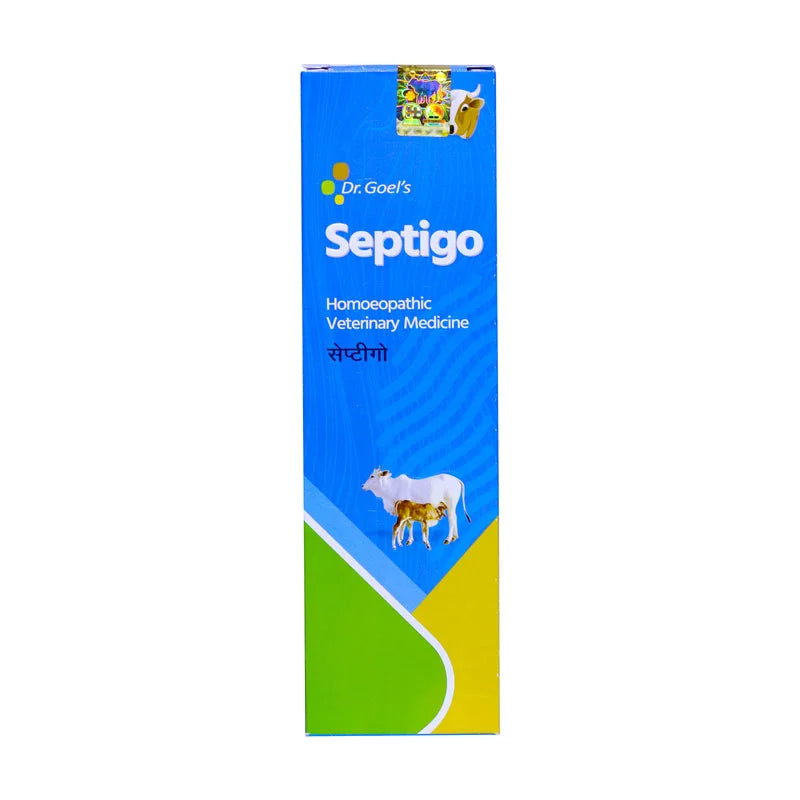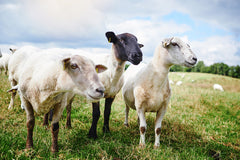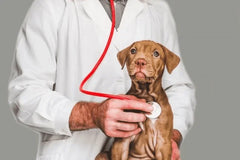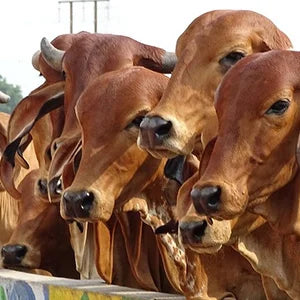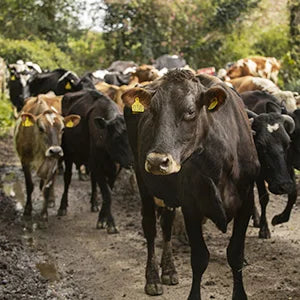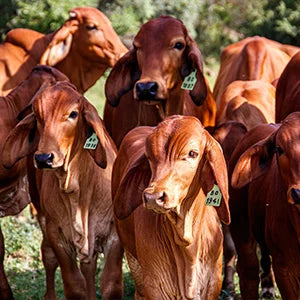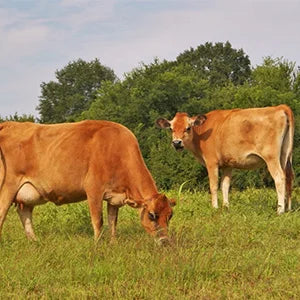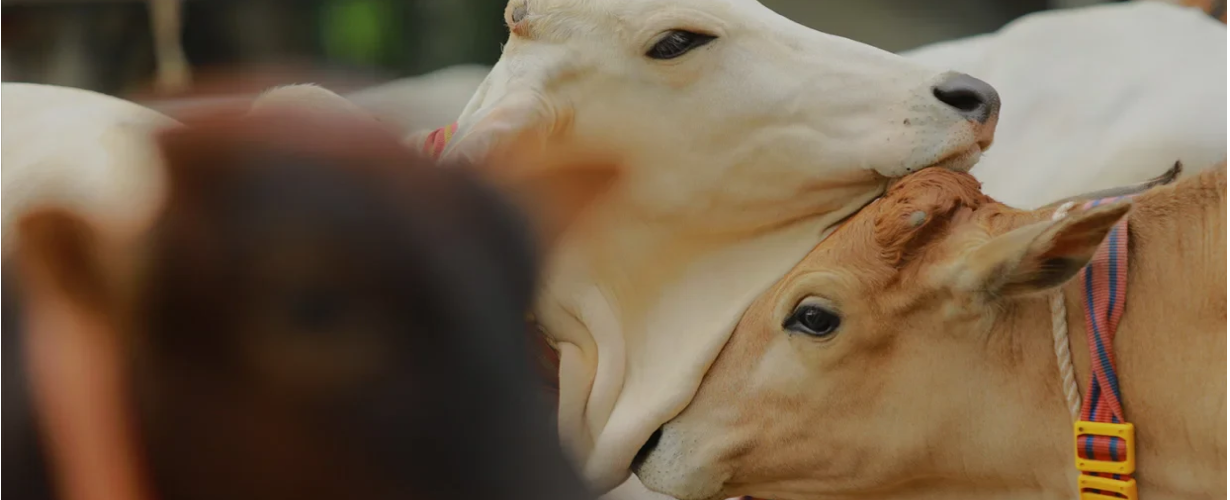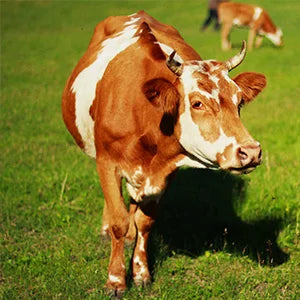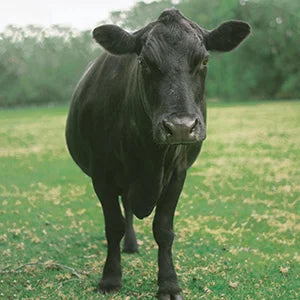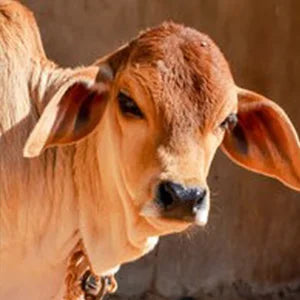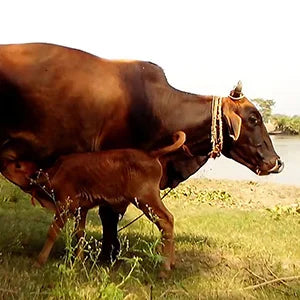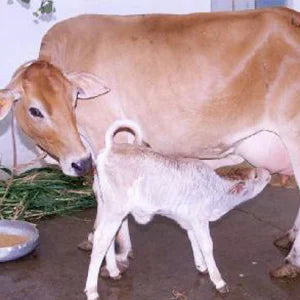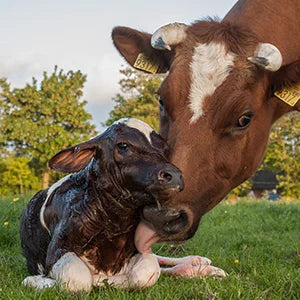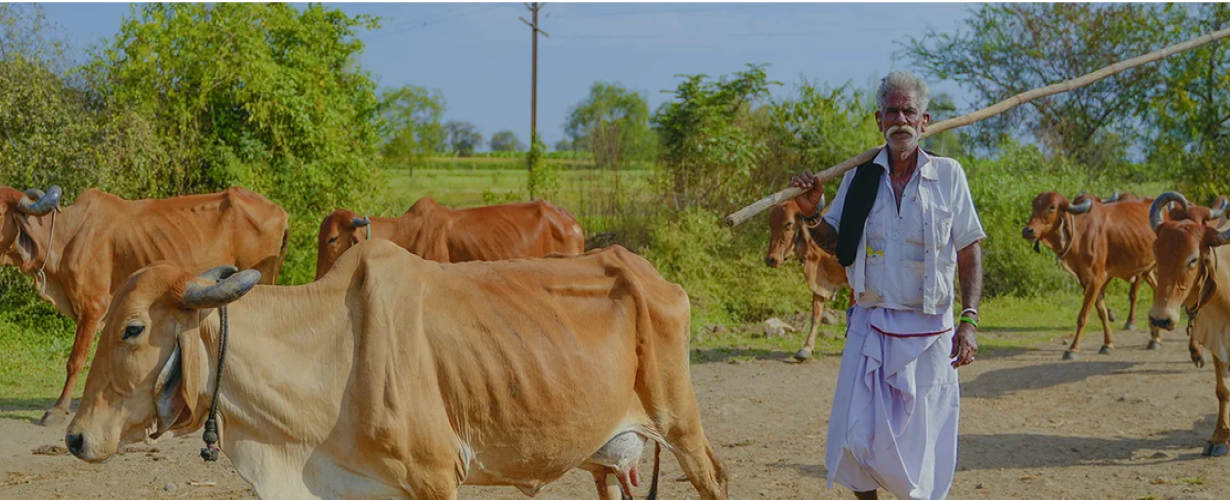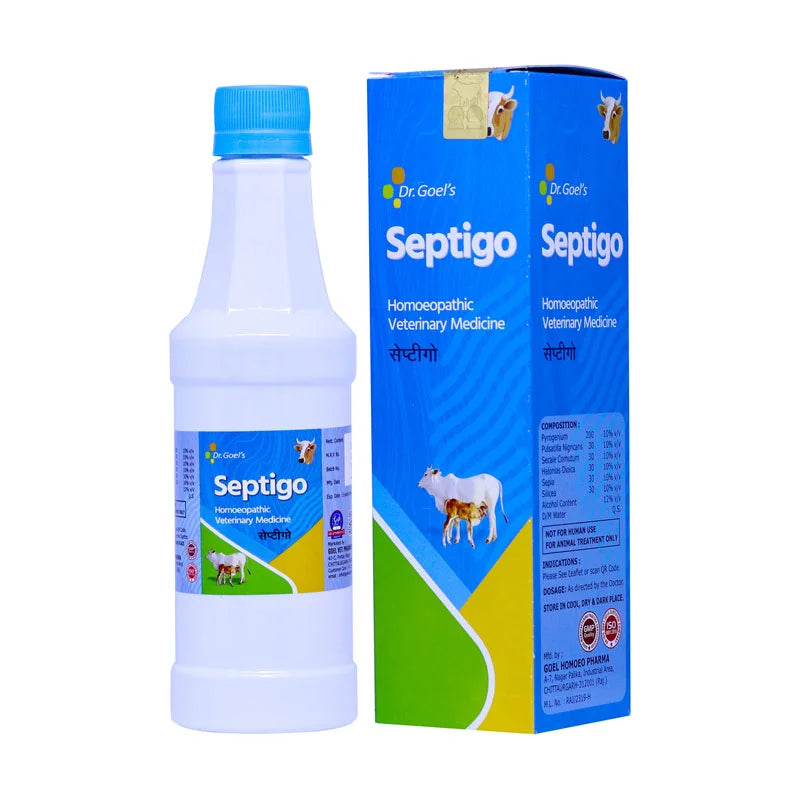Septic diseases in cattle, like mastitis, metritis, sepsis, and pneumonia, stem from bacterial invasion, causing systemic infections. These conditions often arise from wounds, reproductive issues, or contaminated sources. Maintaining hygiene, promptly managing wounds, and attentive post-calving care are vital preventive measures. Regular veterinary checks and swift treatment upon noticing symptoms are crucial in curbing the spread and severity of these diseases among cattle.
Common causes of septic in Cattle include:
-
Wounds and Injuries
Open wounds, cuts, or injuries, if not properly cleaned and treated, can allow bacteria to enter the bloodstream, leading to systemic infections.
-
Reproductive Tract Infections
Post-calving issues like retained placental membranes or difficult births can lead to uterine infections (metritis), which may result in septicemia if not managed promptly.
-
Contaminated Sources
Consumption of contaminated feed, water, or exposure to unclean environments can introduce bacteria into the body, causing systemic infections.
-
Respiratory Infections
Severe cases of respiratory diseases like pneumonia, if left untreated, can progress to septicemia, where bacteria from the lungs enter the bloodstream, causing systemic illness in cattle.
Tips for Prevention septic disease in Cattle
Maintaining meticulous hygiene, promptly treating wounds, and vigilant post-calving care are key in preventing septic diseases in cattle. Regularly cleaning living areas, ensuring proper wound management, and promptly addressing any signs of reproductive tract issues significantly reduce the risk of systemic infections. Vaccination, biosecurity measures, and regular veterinary check-ups further bolster herd immunity and health, mitigating the likelihood of septic diseases
Symptoms of septic problem in Cattle
-
Fever
Elevated body temperature is a primary indicator of a systemic infection.
-
Loss of Appetite
Cattle affected by sepsis often show a decreased interest in eating.
-
Depression and Lethargy
Infected cattle may appear listless, show a lack of energy, and display overall weakness.
-
Rapid Breathing or Difficulty Breathing
Respiratory distress can occur in severe cases or if the infection originated from a respiratory source.
-
Discharge or Swelling
Discharge from wounds, swelling in affected areas, or abnormal discharges from the reproductive tract could be evident.
-
Reduced Milk Production (in dairy cattle)
Mastitis or uterine infections can lead to a drop in milk production.
-
Other Systemic Signs
These might include dehydration, diarrhea, or changes in the appearance of mucous membranes (gums, eyes) indicating poor health.
Trusted by Veterinarians
“As a veterinarian, I am thrilled to endorse Dr. Goel Vet Pharma’s homeopathic products for our furry friends. Their commitment to advancing homeopathic veterinary medicine is evident in the exceptional quality of their products. The innovative solutions they provide have significantly enhanced our ability to care for our animal patients, ensuring optimal health outcomes. I highly recommend Dr. Goel Vet Pharma’s products to pet parents for their unwavering dedication to the well-being of pet animals and the invaluable support they offer to the veterinary community.”
– Dr. Sakshi Sharma (B.V.sc. & A.H. M.V.Sc , NET)
Treat your Cattle from Septic
SEPTIGO for CATTLE is a very useful homeopathic medicine for large animals to treat open wounds or ear infections, or any other conditions that can lead to sepsis. It is very useful in treating postpartum septic conditions that result due to the non-expulsion of uterine discharges.
